Mortgage Basics
Private Mortgage Insurance (PMI) protects lenders if a borrower defaults on mortgage payments.
What is PMI?
Purpose: PMI is insurance that protects the lender in case a borrower defaults on their mortgage. It is required for conventional loans when the down payment is less than 20% of the home’s purchase price.
Loan-to-Value Ratio (LTV): PMI is applied when the loan-to-value ratio exceeds 80%, meaning the borrower has less than 20% equity in the home.
Impact on Monthly Payment: PMI increases the total mortgage payment and is typically included as part of the monthly mortgage bill.
Types of PMI
Borrower-Paid Mortgage Insurance (BPMI): The most common form, where PMI is added to the monthly mortgage payment until it can be removed.
Lender-Paid Mortgage Insurance (LPMI): The lender pays the PMI upfront in exchange for a slightly higher interest rate on the loan.
Single-Premium PMI: The borrower pays the entire PMI amount upfront at closing, reducing the monthly payment but requiring a higher initial cost.
Split-Premium PMI: A combination of upfront and monthly payments, reducing the overall monthly cost while avoiding a large lump-sum payment at closing.
PMI Costs and Factors
Credit Score Impact: Borrowers with higher credit scores typically receive lower PMI rates, while lower credit scores lead to higher premiums.
Loan Amount and Term: PMI costs are based on the loan size and repayment term. Larger loans or longer repayment periods result in higher PMI expenses.
Down Payment Size: A larger down payment reduces the loan-to-value ratio, leading to lower PMI rates.
How to Remove PMI
Automatic Cancellation: PMI is automatically removed when the loan balance reaches 78% of the home’s original value, assuming all payments are made on time.
Requesting PMI Removal: Borrowers can request cancellation once the loan balance reaches 80% of the home’s original value. A lender may require a home appraisal to confirm the current value.
Refinancing to Remove PMI: If home values have increased, borrowers may refinance to a new loan with 20% equity to eliminate PMI.
Alternatives to Avoid PMI
Making a 20% Down Payment: The most straightforward way to avoid PMI is to put at least 20% down at the time of purchase.
Piggyback Loans (80-10-10 Loan Structure): Some buyers use a second loan to cover part of the down payment, reducing the primary mortgage’s LTV below 80%.
VA Loans: Military service members and veterans may qualify for VA loans, which do not require PMI, regardless of the down payment amount.
Final Considerations
Before choosing a mortgage, borrowers should evaluate PMI costs and explore potential strategies to minimize or eliminate them.
Understanding the different PMI options and removal processes can help reduce long-term expenses and make homeownership more affordable.
Your Goals. Your Home. Your Brightside.
Home financing should feel empowering, not overwhelming. At Brightside Mortgage, we’re committed to helping you achieve homeownership with confidence, clarity, and peace of mind. Let’s turn your homeownership dreams into reality—together.

